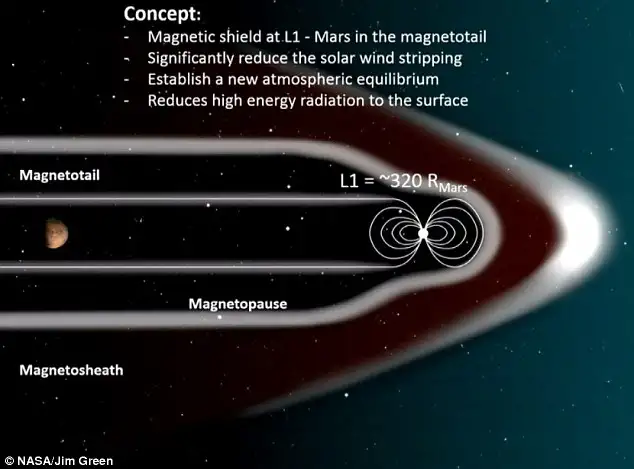

Yeah bud, there’s also these little shelters called caves.
The author of the article literally guffaws at the prospect of respinning a planet’s core when that’s not remotely how you would approach that problem.
It would be like writing an article saying “Come on you believe in vaccines? What you think a scientist can cut open your individual cells and put antibodies in each one? You really think they have tweezers that small? Get real dum dum.”







I would argue that the majority of sci-fi has predicted otherwise.